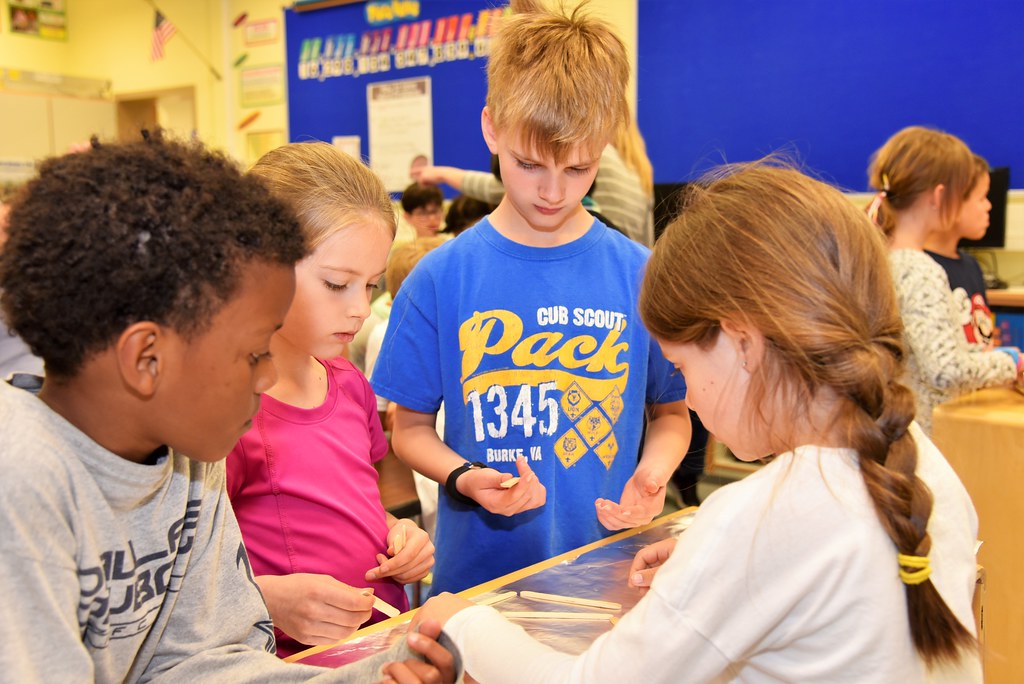Design Thinking in Grade 2

Design thinking is a valuable skill that can benefit students of all ages, including second graders. With its focus on problem-solving and creativity, design thinking can help students develop important critical thinking and collaboration skills that they can use throughout their lives. In this blog post, we will explore how second grade teachers can introduce design thinking to their students through engaging lessons and hands-on activities.
Introducing Design Thinking to Second Graders
To introduce design thinking to second graders, teachers could use a lesson that focuses on building empathy and understanding. For example, teachers could ask students to bring in an object from home that is important to them and share why it is meaningful. Then, teachers could ask students to brainstorm ways they could improve or enhance that object to make it even better. This exercise can help students build empathy and understanding as they listen to each other’s ideas and perspectives.
Design Thinking Challenges for Second Graders
After introducing design thinking through an empathy-building exercise, teachers can then move on to more hands-on design challenges that give students the opportunity to use the four-step design thinking process. Here are a few ideas for design challenges that are well-suited to second graders:
- Design a new toy: Ask students to brainstorm and sketch ideas for a new toy that they would like to create. Then, have students build a prototype of their toy using materials such as cardboard, construction paper, and pipe cleaners. Finally, have students test their toy prototypes and make revisions based on their observations and feedback.
- Design a birdhouse: Second graders can use their design thinking skills to create a birdhouse that is functional and visually appealing. Students can start by researching the types of birds that live in their area and their habitat requirements. Then, they can sketch and build prototypes of their birdhouses using materials such as popsicle sticks, cardboard, and glue.
- Design a city block: In this design challenge, students can work together to create a model of a city block. They can brainstorm and sketch ideas for different buildings and green spaces, and then use materials such as cardboard, construction paper, and craft sticks to build their model. This challenge can help students think about how different parts of a community can work together to create a cohesive whole.
Tips for This Grade Level
To help second graders engage with the design thinking process, teachers can use a few strategies that are well-suited to this age group. For example, teachers can encourage students to work in small groups, provide plenty of time for exploration and play, and offer guidance and feedback throughout the process. Teachers can also ask students to reflect on their design process and think about what they learned.
Recommended Building Materials
When it comes to choosing building materials for design challenges, it is important to select materials that are both accessible and age-appropriate. Here are a few suggestions for materials that are well-suited to second grade students:
- Cardboard
- Construction paper
- Popsicle sticks
- Pipe cleaners
- Glue
- Tape
- Markers
In Conclusion
In conclusion, introducing design thinking to second graders can be an exciting and enriching experience. By incorporating empathy-building exercises and engaging design challenges, teachers can foster critical thinking, collaboration, and creativity in their students. Through the four-step design thinking process, students can learn to approach problems with a fresh perspective and develop innovative solutions. By providing guidance, reflection opportunities, and age-appropriate building materials, teachers can create a supportive environment where second graders can unleash their creativity and gain valuable skills for the future. So, why not embark on this design thinking journey with your second-grade students and witness their incredible ideas come to life?
If you found this content helpful, you might enjoy this series of Imagineerz blog posts and check out Get Started with Design Thinking!


